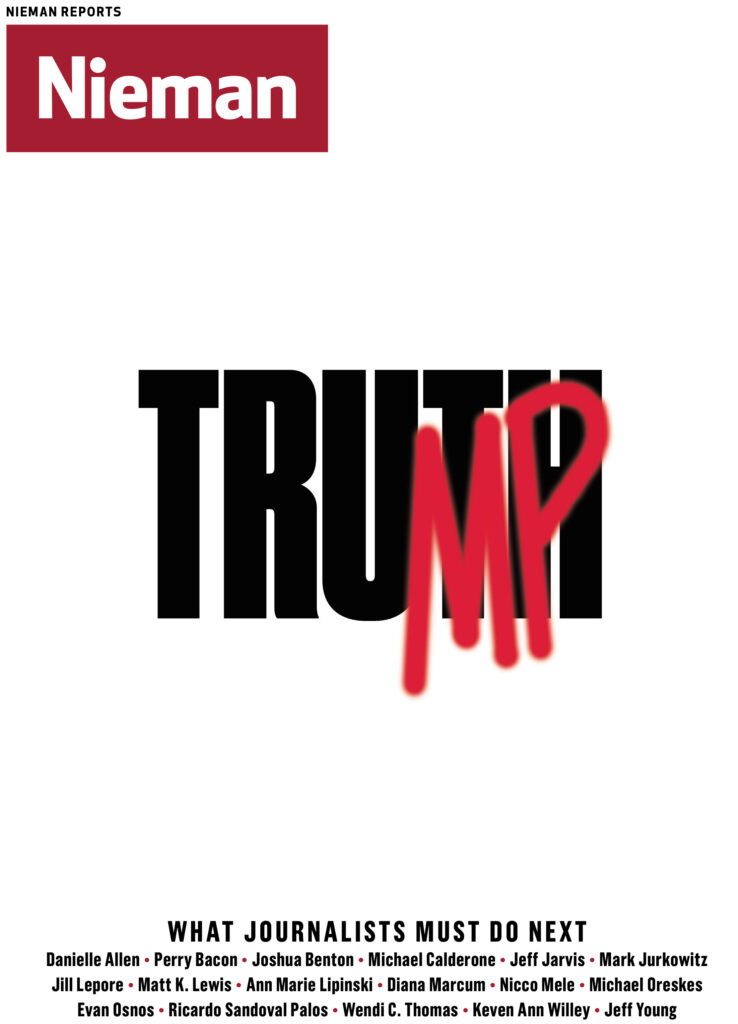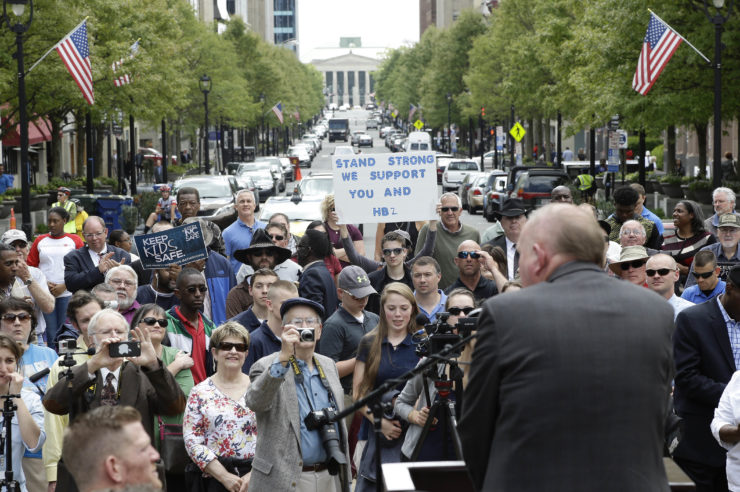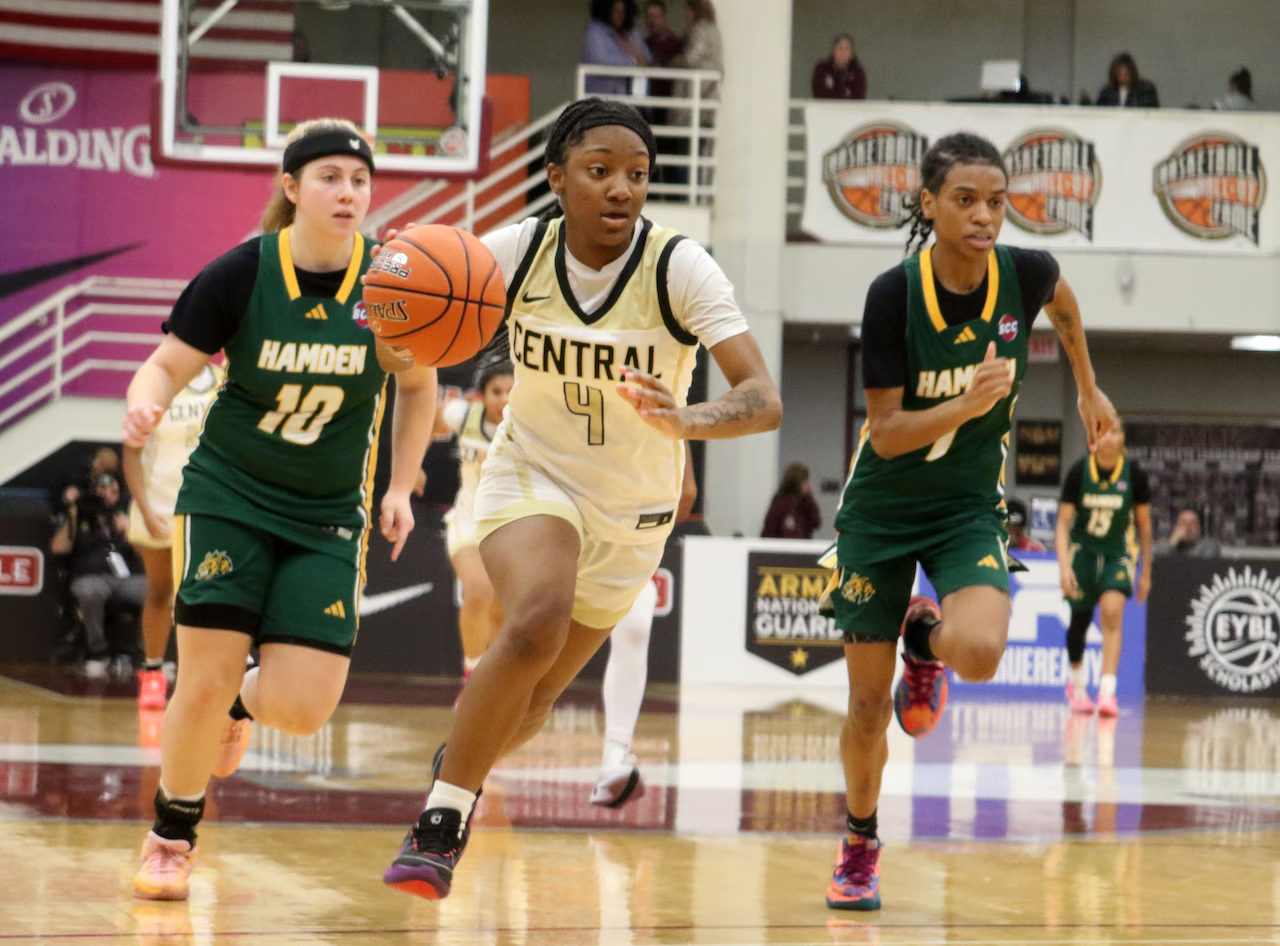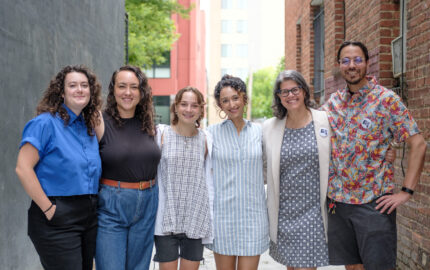
In covering the local election season in Dare County, North Carolina–best known as the home of the Outer Banks–journalists can’t be accused of paying too much attention to an unending parade of polls. For starters, there were no publicly released polls tracking the county commissioner and state legislative races that define politics down here.
We also plead not guilty to being too profoundly influenced by high-profile, overhyped debate performances. The October ravages of Hurricane Matthew washed out several scheduled candidate forums here, leaving but a single Sunday afternoon League of Women Voters (LWV) event—attended by about 60 people or so—as the only time these local candidates actually debated in public.
In addition, the incumbent state senator from the region boycotted that debate and declined to answer an LWV questionnaire because he considers the nonpartisan organization too biased. And in a tragic twist of fate, one popular candidate enmeshed in a close race for the N.C. House of Representatives died three days before Election Day.
So, unlike our counterparts in the national media, journalists here did not get misdirected or misled by a “horse race” narrative fueled by inaccurate polls and babbling pundits. Heck, there was virtually no information by which to handicap the horse race and very little by which to get a feel for the underlying dynamic.
Instead, the preferred mode of political communication in this election season was the almost daily flow of glossy attack ad mailers—often containing distortions if not outright inaccuracies—that filled our mailboxes.
But for all the differences, we did suffer from the same big problem as our peers in the national press, even if on a much smaller scale. How do you find out what’s really on voters’ minds?
Inside a purple state, Dare County is a red county. Mitt Romney carried it by about 16 percentage points over Barack Obama in 2012, and it’s no shock that Donald Trump defeated Hillary Clinton here by about 22 points.
But given its unique geography and the realities of a tourism-driven economy, local politics is not so predictably partisan. On the Outer Banks, Democrats and Republicans locked arms to strongly oppose offshore measures like energy drilling and seismic testing. And local Republicans have found themselves at odds with the Republican leadership in Raleigh on issues ranging from tax policy to state efforts to erode the authority of municipal governing bodies.
Having said that, there were clear differences between the candidates running here this fall. Democrats were more likely to speak vocally about the need to increase financial support for local public schools and to advocate on behalf of county workers, who have seen raises and benefits stagnate in recent years.
In addition, there were divisions over a number of hot button issues from climate change to early voting hours to gay and transgender rights—the last a particularly potent issue given the controversy over the state’s HB2 “Bathroom Bill” mandating that transgender people use the bathroom corresponding to their birth gender.
But even in the modest universe of about 35,000 year-round citizens, getting a journalistic handle on the “public mood” this election season proved daunting.
Campaigns are relatively low-keyed affairs around here, and there are not many places where people gather in substantial numbers to express themselves. (Two years ago, the county commissioners convened their first town hall meeting to let citizens take the microphone and discuss their concerns. That was a lively event that lasted two-and-a-half hours and featured 25 speakers. Last year, the same event was exhausted after an hour and only five speakers.)
At the Sentinel, we thought hard about how to do the kind of reporting that would provide genuine insight into what citizens were thinking during the campaign season. It proved difficult because there is little low-hanging fruit, and because it takes a concerted and organized effort to actively engage voters in that conversation, one that requires news outlets to play a proactive, rather than reactive role.
So when thinking about lessons learned from the 2016 election, and what we could have done better, I harken back to the old–and often unfairly criticized–“citizen journalism” movement that arose more than two decades ago. The idea was to bring news outlets closer to the grassroots of their communities by convening public conversations between journalists and citizens over civic issues. The hope was to get reporters out of the habit of talking almost exclusively to the professional class of newsmakers–public officials, consultants, lawyers, self-appointed “community leaders,” etc.
In the heyday of civic journalism, back in the 1992 presidential campaign, Boston Globe reporters sat down with a group of ordinary New Hampshire voters to listen to what they had to say. Not everything out of their mouths qualified as pearls of wisdom. But a central theme emerged in the conversations—high levels of economic anxiety, a very potent force in any election.
I’m not even sure the Globe reporters recognized what they were hearing. But when the Republican primary votes were cast in New Hampshire that year, outsider and challenger Pat Buchanan–with his populist “pitchfork” campaign–had garnered a surprising 38% of the vote against sitting incumbent president from his own party, George H. W. Bush.
Creating those ongoing community conversations—by convening focus groups or hosting chats in coffee shops or in town halls—is a task that is, in theory, well suited to community papers with their ears closer to the ground. But above all else, it requires the news outlet to be the aggressor, so to speak, to be the driving force behind these conversations.
And it’s hard to break the habit of relying on a candidate-centered, rather than community-centered election narrative.
For the record, Nov. 8 proved a very triumphant night for local Republicans in Dare County. I wish we had done a better job of knowing why.



